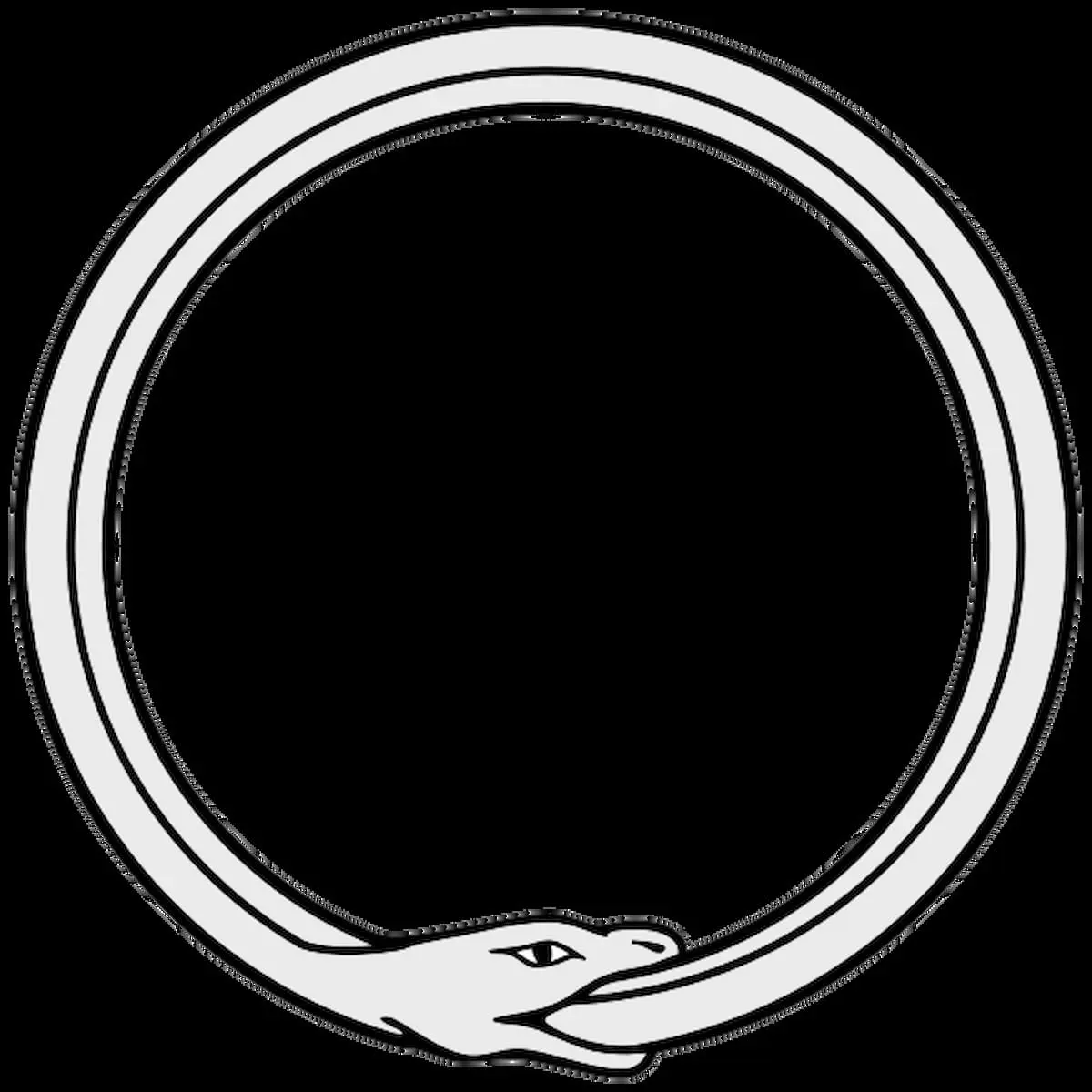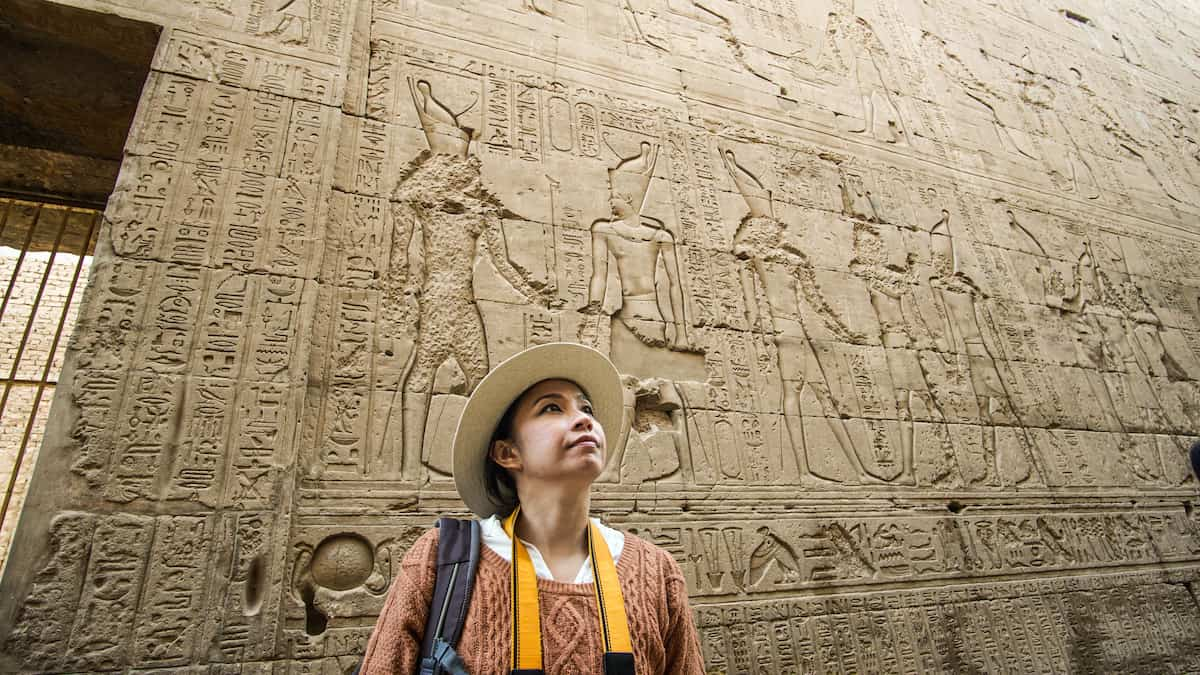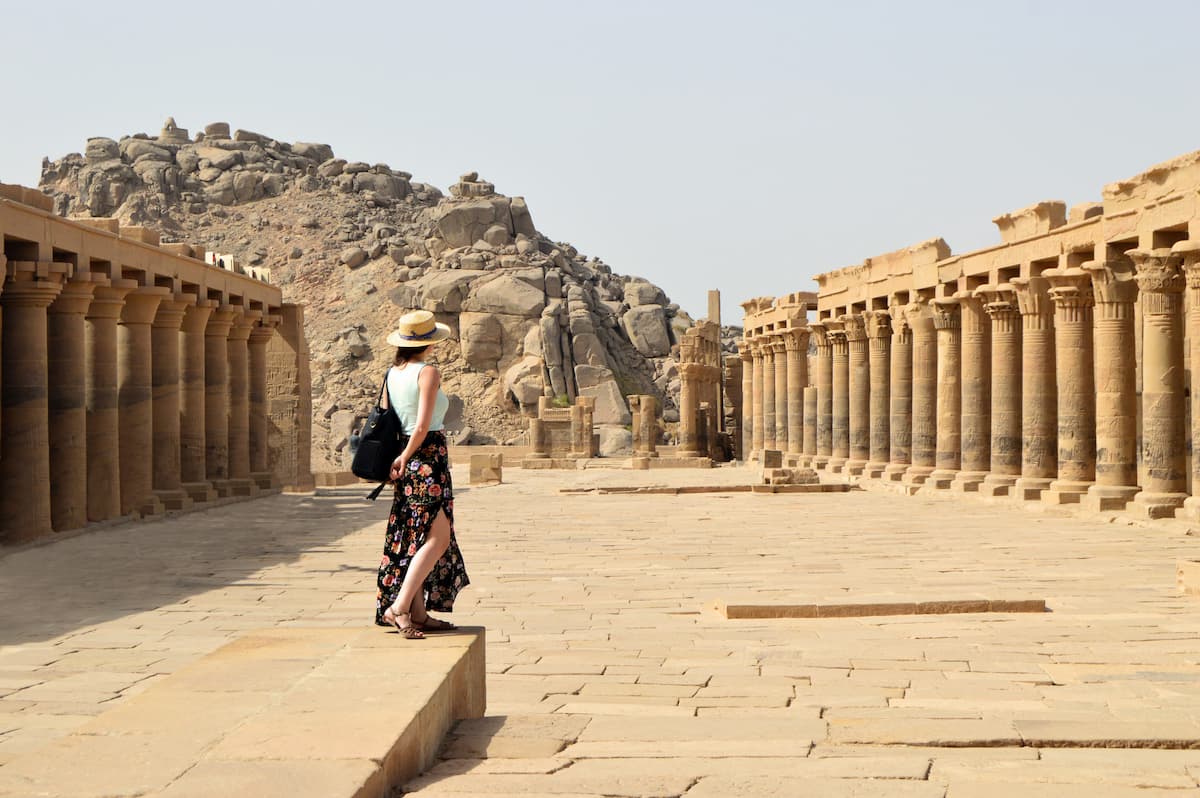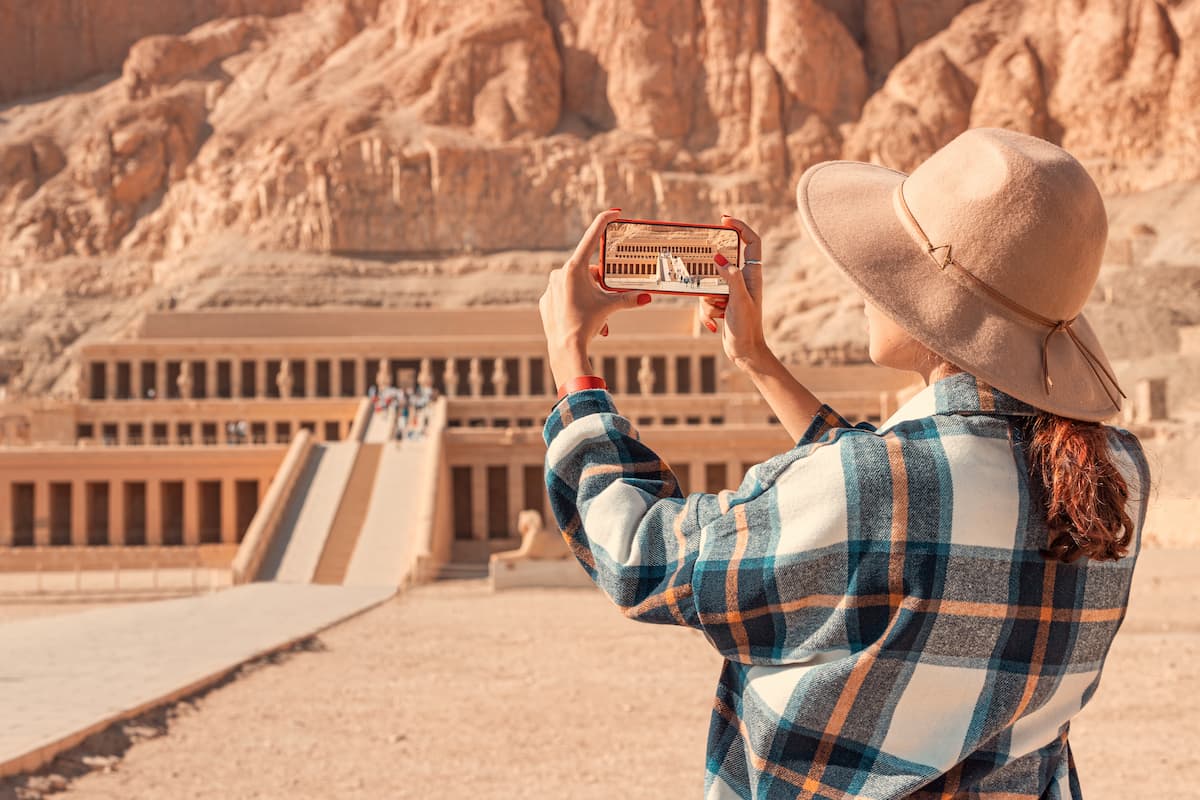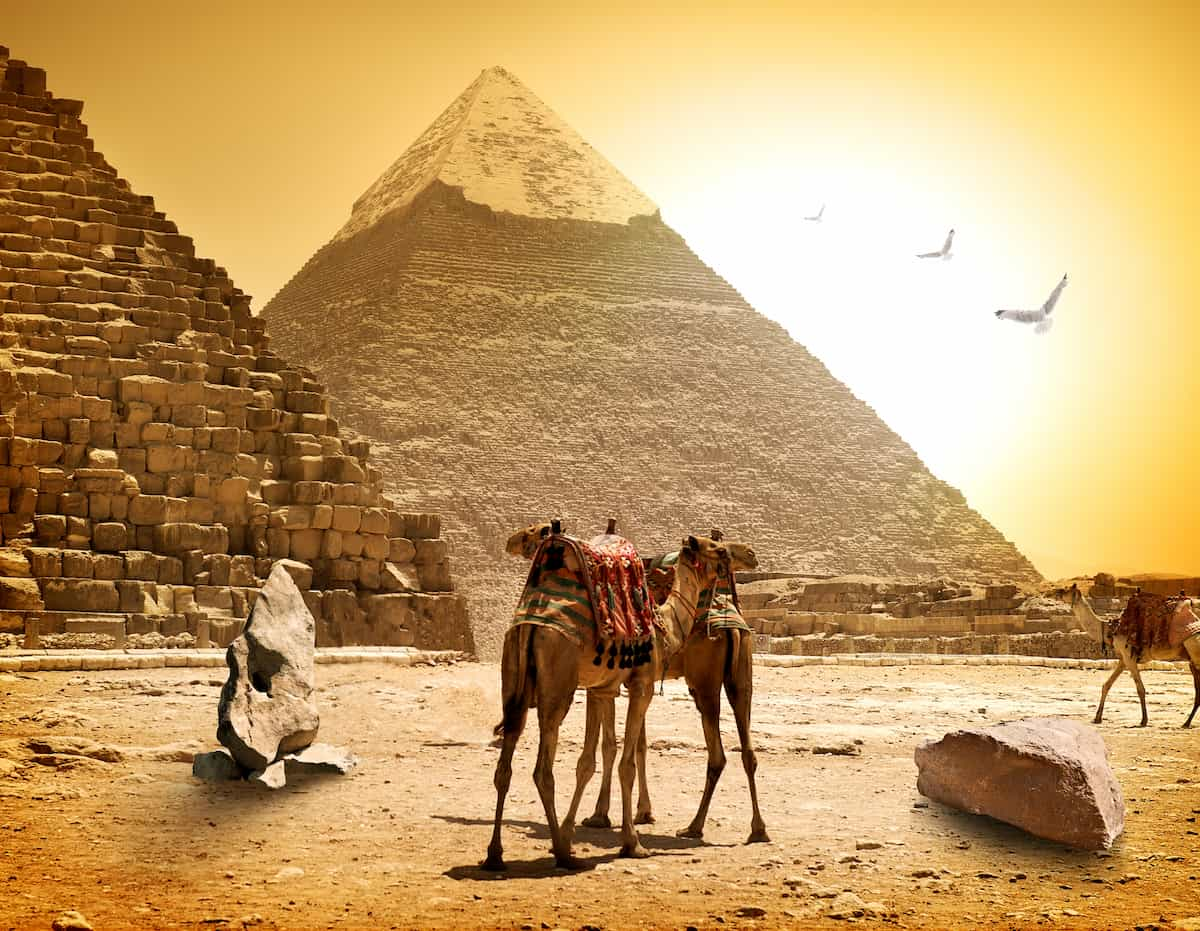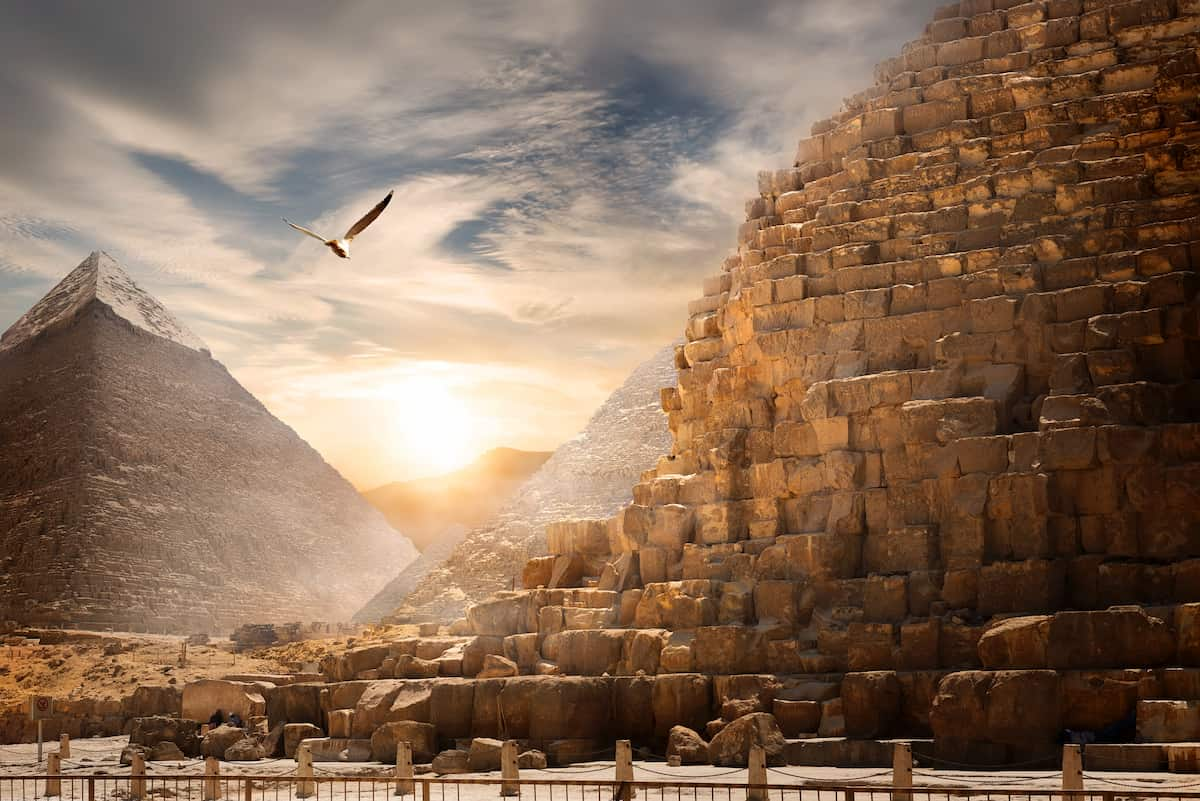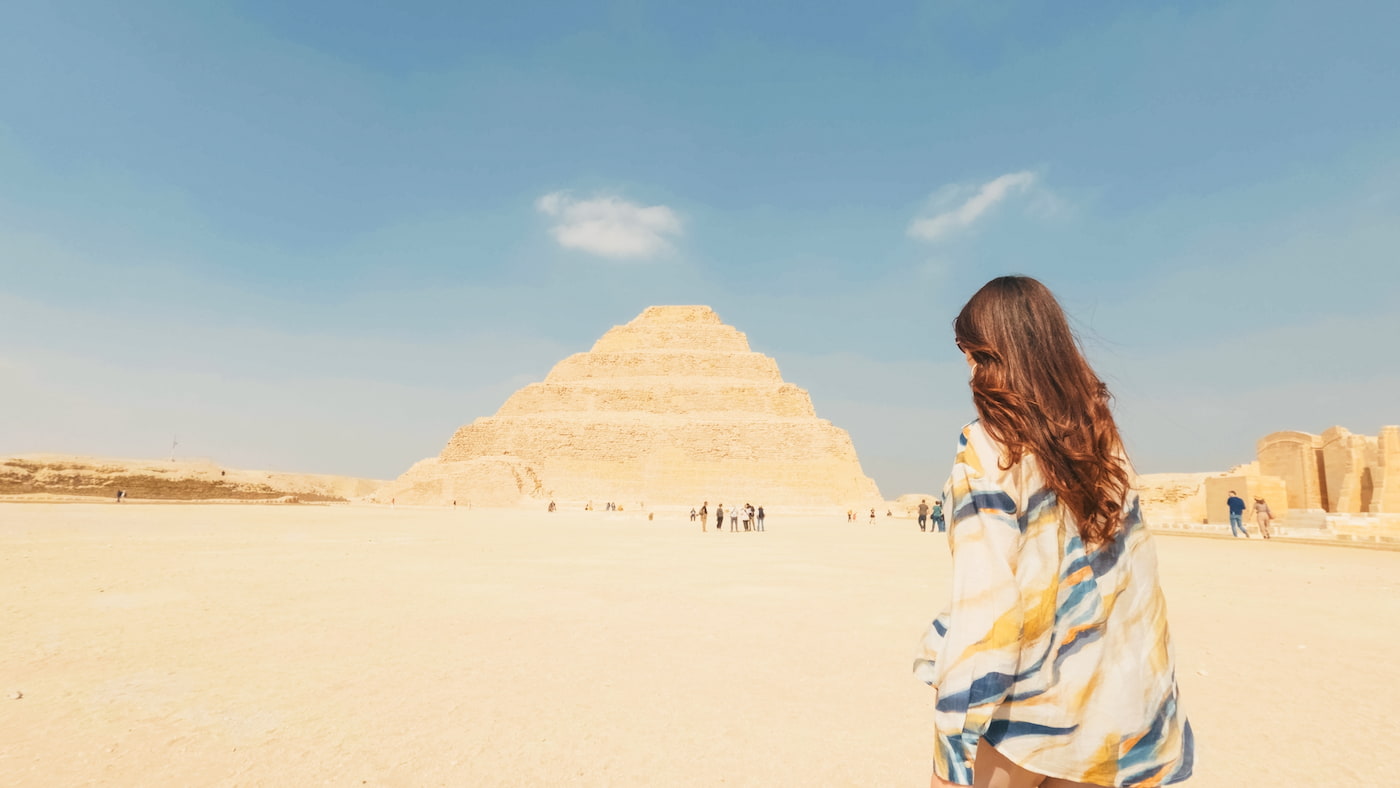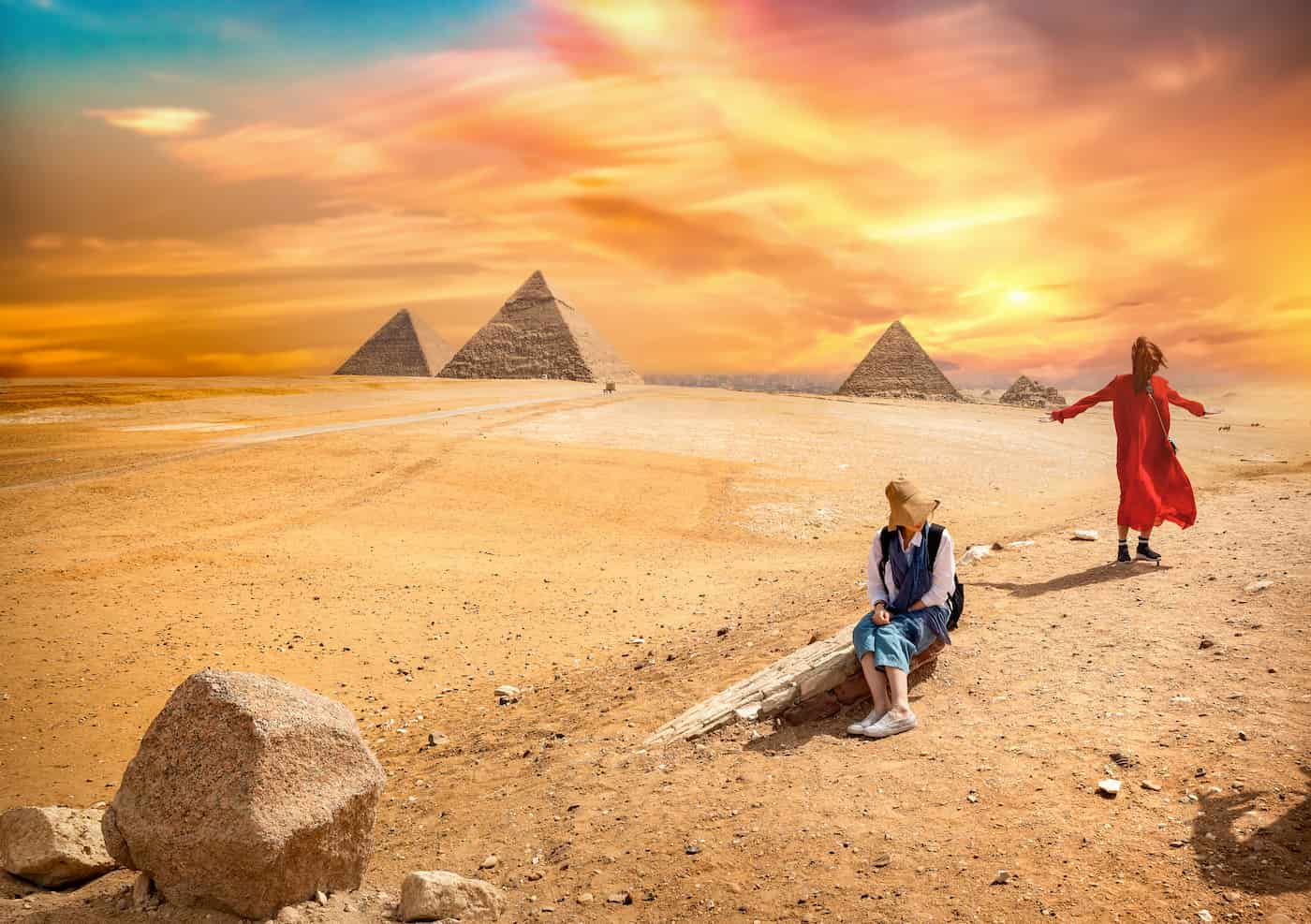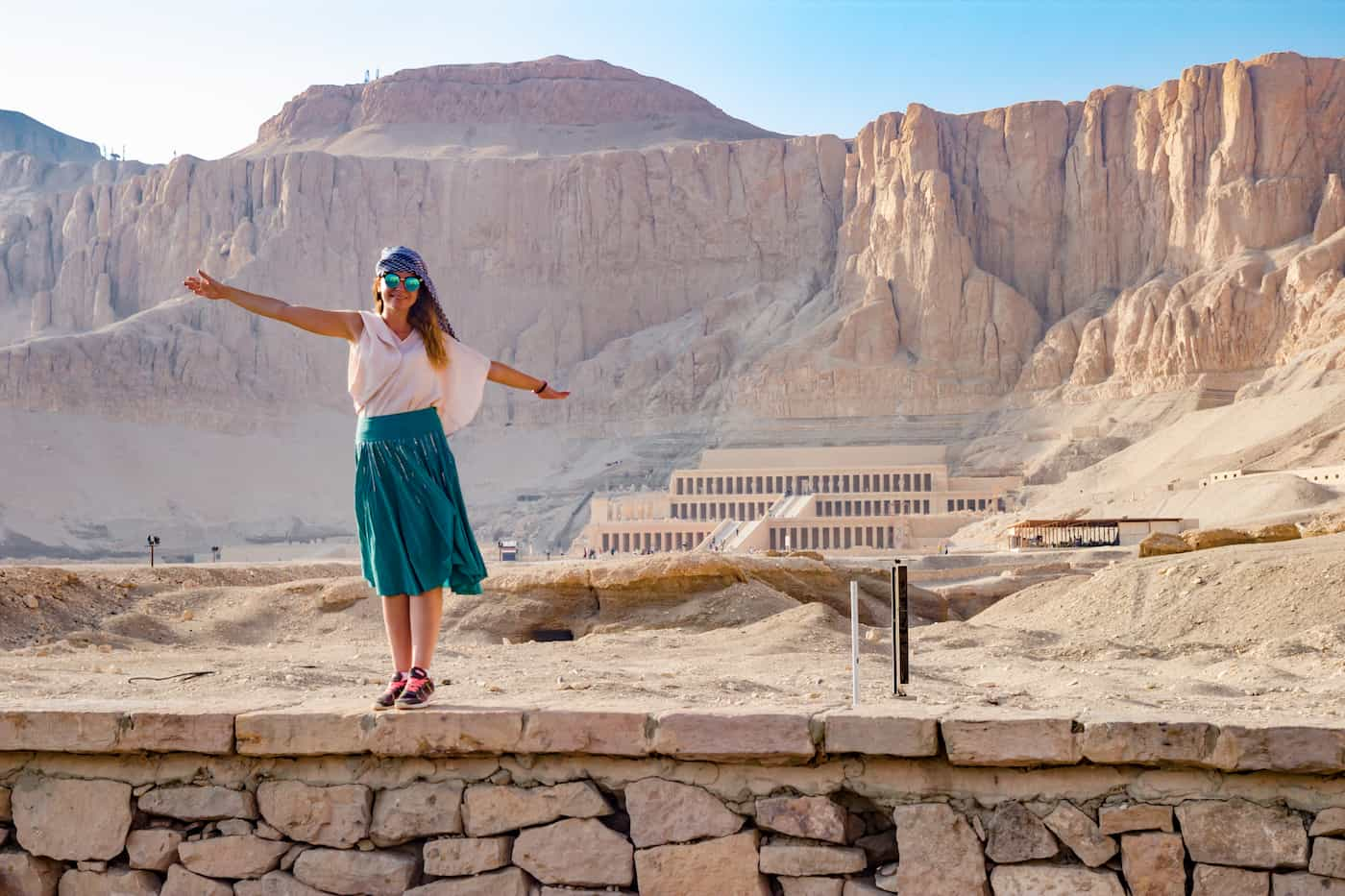Outline: The Ouroboros Symbol – History, Meaning, and Legacy
Among drawings or carvings, an anomaly is a snake-like or any related artwork featuring a characteristic circular tail-swallowing aspect, this is the Ouroboros symbol. It is very old and still holds public appeal, probably because it attempts to grapple with the age-old questions of the meaning of Life, Death, and Circularity, and the beginning and end of losing and gaining, all within the same physical vicinity, represented by an ancient, medieval, and contemporary symbol. It is said that the first such figure appeared as far back as thousands of years ago, but once linguistic-based history once in motion, the symbol has enjoyed the status of a celebrity in many civilizations with a plethora of meanings ranging from religion to history, culture to spirituality, and many more.
What gives energy to the Ouroboros is that it’s nothing but a pair of contradicting forces: death and life, being and non-being, aggression and affection, yin and yang. When it devours its tail, it transforms from a straight line into a snake biting its own appendage, a snake of perfection exhibiting an ideal picture of the closed circle of humanity in an entirely perfect state. The Ouroboros, right from the last breath of rulers from Egypt, through the famous sculptures of the Greeks and the myths of the Norse people, up to the understanding of human personality ceremony in contemporary psychology, has always served as an instructive tool in unveiling the enigma of existence.
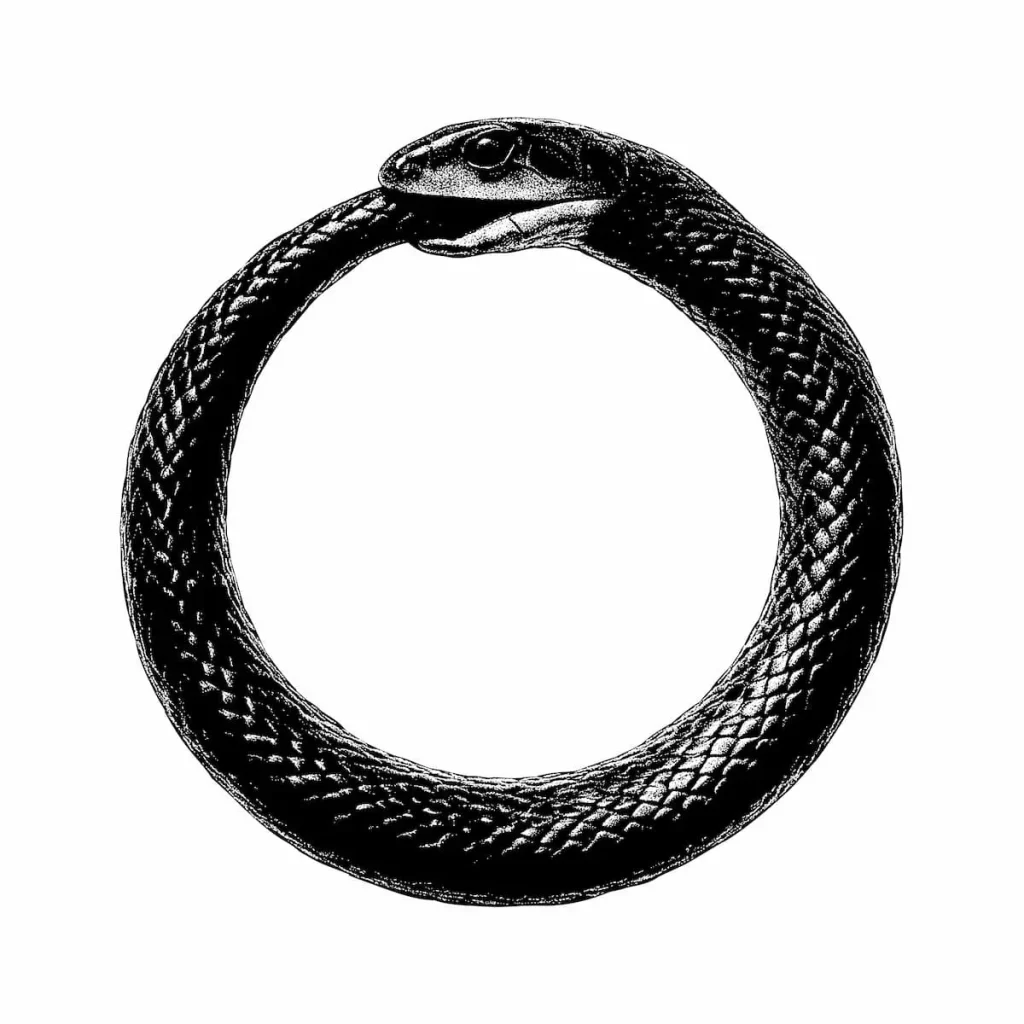
2. Origins of the Ouroboros Symbol in Different Civilizations
An ancient symbol well recognized as Ouroboros with widespread roots across different periods of modern history that saw various depictions of serpent or dragon forming a circle in the act of biting its tail, while the rest of the image is made differently with different interpretations. Its most ancient inscription is in Ancient Egypt, where this symbol was used in the book of Am-Tuat for the first time, which was found in the Tomb of Tutankhamun (died in the 14th century B.C.E.). The serpent in this case was circular and flat, presenting the rolling sun imagery, which was passed around the rising of Ra, the sun god.
Greek Civilization
This perception dates back to Antiquity and the Greek world and was introduced into the teachings of hermeticism and gnosticism during the Hellenistic era. In these schools of thought, the closed circle signified the presence of spirit, countenanced the eternity and the repeated beginning and the end, as being in buddy with stars such as the betav and kam sense.
At the same time, in Norse mythology, the Ouroboros was represented by Jörmungandr, the world snake. Jörmungandr, as a serpent, encircles the earth and bites its own tail. In fact, Jörmungandr was the concept of how the universe could actually ‘destroy’ itself after the dawning of Ragnarök.
Hinduism Civilization
Similarly, from the historical perspectives, one can observe the presence of such images in the ancient traditions as well: Hinduism has its high regard for the circles, the circular time, and the rebirth system that is closely linked to the idea of Oroborus. Among the Americans, the feathered serpents such as Quetzalcoatl are in fact symbols of rebirth. Relating to the Chinese people, the dragon, a serpentine-like creature, is a good example as it portrays the two major principles within the cosmos, the Yin and the Yang.
3. Symbolic Meanings of the Ouroboros
Fundamentally, the Ouroboros symbolizes the unending chain of life, death, and rebirth. The concept of a ‘tail devouring snake’ or an ambrosia impressive dragon appeared long ago, and you consumed your own flesh has become one of the subjects of countless references. It st e al m match help from various civilizations that such destructive forces thrive, and even they look to it as evidence that such creativity is also inherent in like things.
The Ouroboros also represents the side of duality in all things. When a person makes a complete circle, they embrace the world where opposites like genesis and conclusion, discipline and chaos exist next to each other and flow individually. In this aspect, in this very universe, such oppositions exist and complement each other in the essence of beauty or balance.
It can also be seen that infinity and eternity are being discussed in this context. Given the fact that the Ouroboros has no fixed point of beginning or end, there is a sense of permanence in existence referred to as space or time, and the description ‘Uroboros’ actually evokes thoughts f interpreted in terms of its partitioning a void.
It is also viewed to show an individual’s completeness and independence. This animal that dusts its own self-consuming patterns will regenerate itself, hence symbolizing a comprehensive closed system.
In occultism, the symbol of the serpent eating its tail denotes one uniting with the universe and some of the ideas of the Great Work. It is a metaphor for the harmonious energy that exists in the surroundings and the inner self, and the truth that all things are not limited to the old.
🔮 Discover the Secrets of Egyptian Symbols
From the protective Eye of Horus to the eternal Ouroboros, every symbol in Ancient Egypt carried
profound spiritual meaning. Explore the sacred signs that guided pharaohs, priests, and everyday life,
unlocking the hidden power behind one of the world’s most symbolic civilizations.
Read More About Egyptian Symbols
The Eye of Horus: Protection & Power |
The Ankh: Key of Life |
The Scarab Beetle: Symbol of Renewal
4. The Ouroboros in Mythology & Religion
The symbol of the snake biting its tail has been present in quite a number of religious and mythical beliefs, each finding a creative way of using the serpent eating its tail to embody timeless verities. In Ancient Egypt, however, it was associated with the sun god Ra and the rain god Atum, symbolizing cycles of creation, destruction, and regeneration. The snake, which is always bent, surrounded the sun god’s barque before his travels to the other world, and when the time for dawn comes, it helped the sun to rise once more.
In ancient Greek society and afterwards in the Gnostic texts, the Ouroboros stood for the self, the universe, and oneness. In other words, it was grounded on the idea that everything was perfect in unity (meaning originated from the Greek Orthodox theosophy). This concept of the circles of the serpent’s tail helped the person walking on the spiritual path get to the stage of enlightenment while creating balance between the opposites.
In Norse mythology, what is essentially an Ouroboros appears in the form of Jörmungandr. Ouroboros encircles the flat world and its own body, as well as bites its own tail; such a character is considered the harmony of the asymmetry of the universe and appeases the disorder that is expected to bring havoc and calamity during the Ragnarok.
The same idea is found in the theories of Hinduism and Buddhism, which talk about the endless cycle of death and rebirth called Samsara. The Ouroboros metaphor is not a belief in a big snake going forward, except that it supports the belief in circularity and ontological repetition.
5. The Ouroboros in Alchemy and Esotericism
During the medieval and Renaissance eras, the Ouroboros was a very important symbol that was used by alchemists to depict the interconnection and interdependence of the physical world and of the realm of spirits. The alchemical idea that harmony exists between regeneration and decay, and that change is an eternal process, is represented by an image in which a serpent or a dragon is compumped eating its ontocauda. It was commonly used by alchemists to signify the objective of their operations, turning materials of low value into gold, as well as ordinary man into a supreme man or the perfect soul.
One of the most famous illustrations of the symbol can be seen in the Chrysopoeia of Cleopatra, an alchemical book in Greek from the 2nd or 3rd century AD. In this book, the Ouroboros is labeled with the two words, hen to pan, which means that Everything is One.
Ouroboros also held great significance in occult and mystic beliefs and was closely associated with hermetic and theological doctrines such as Neoplatonism, the concept of a single God, which is the most significant in religions, not in philosophy, in a world or universe. “All is one, and that one is God,” as the saying goes, is among such philosophies.
In the realm of spiritual arts like tarot card reading and fateful predictions, the Ouroboros additionally stands for infinity or life cycles. This symbol continues to exert significant influence over spiritual seekers, mages, and mystical people, as many of them understand it as a beacon towards self and wisdom transformation, even in this modern age.
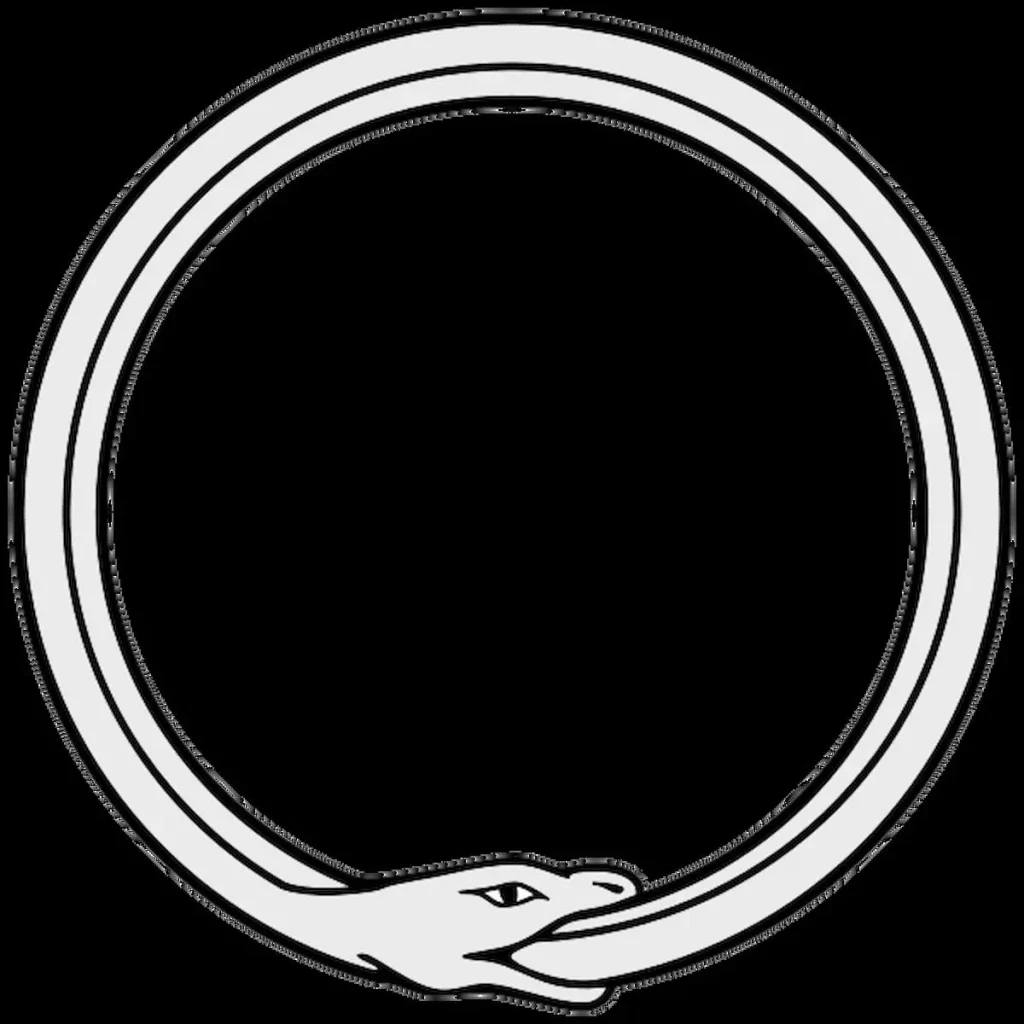
6. The Ouroboros in Philosophy and Science
Far away from risk, overcrowding, and superstitions, Ouroboros flourished in the spheres of philosophy and science. For ages, people have been using depictions of the Serpent eating itself as symbolism of self-reflexivity, wherein a thing is directed back at itself. Some philosophers have likened it to the cycle of time, or what is also called the eternal return, that makes life and history not move in an orderly direction but rather in a repetitive manner. The concept of struggle and recurrence can be clearly understood in the works of Friedrich Nietzsche, which focus on such topics as destiny, recurrence, and the choice of humans.
The Swiss psychologist Carl G. Jung recognized the Ouroboros as the unconscious symbol that represents his theory, such as individuation, the connection between the conscious and the unconscious. To Jung, the Ouroboros was an excellent symbol since he saw it as both the positive and negative aspects, or the good and the bad aspects, of the human brain. It is a symbol of ceaseless creation through death, in which the individual self continually consumes and renews itself.
The significance of Ouroboros in modern science appears to be more relevant than one would expect. It is often perceived in the field of biology, equivalent to the spiral-shaped DNA double helix, whose body is a reflection of the idea of life and self-renewing code. The ouroboros archetypes are also used in certain systems of chemistry and physics in the description of cyclic and other systems with feedback loops and self-sustaining processes. Even in cosmology, the Ouroboros has appeared as the symbol of the universe embracing the sheer infinite order where time does not exist within the beginning in order to reach an end.
7. The Ouroboros Symbol in Art, Literature, and Modern Culture
The Ouroboros symbol is an artistic phenomenon that has captured the imagination of makers and creators for a long period of time, bringing something to stunning paintings, well-crafted texts, or the newest entertainment culture. Over the course of the 16th and the beginning of the 17th centuries, the symbol was often found in illuminated manuscripts. In the Middle Ages, mystical books were often put with such representations of the Ouroboros. The motive, if fully or partly drawn in pictures, engravers were known to add this symbol even to the names and titles.
In their subsequent illustrations, Renaissance alchemists and philosophers made abundant use of the Ouroboros, touching briefly upon the very many facets of transformation, cosmic cycles, and hidden wisdom.
During the course of those alchemical ages, the Ouroboros found itself quite imaginatively used in literature, reflected in the works of art created by the writers themselves. Nietzsche’s idea of eternal recurrence is the present of philosophy. All events comprising the universe repeat themselves infinitely in cycles of creation and decay. This meaning of the symbol has been used a lot in writings and poetry, symbolizing: fate, self-destruction, or as a form of revival.
The Ouroboros Symbol in Modern Media, Fantasy, and Personal Expression
Nowadays, the Ouroboros is a popular element in fairy tales, cinema, and the written word. It appears in various tapestries in motion, pen and paper in written form, or it could even take its form in static images highlighting the concepts of endless, magic, or cosmic levels of infinity; wherever one may look or go and turn the mental map over. The glyph snake that bites its own tail or the dragon that devours itself has also gained popularity in the past decade in terms of adorning one’s body in the form of tattoos and accessories such as necklaces or bracelets. As the subject of many tattoos, it is often both a source of pride and a symbol of an individual’s determination and readiness for changes this is in relation to all possible transformations of an endless lifecycle.
In regard to the fantasy realm, the Ouroboros is also prevalent and is given credit in the display of art such as video games and television series, along with being used to introduce prophetic tales and conflicts that never end. Such an unwavering appeal to the symbol showcases beliefs so strong as to exist in every era and every society.
8. Variations of the Ouroboros Symbol
The Ouroboros symbol is known to have undergone many changes in its representation through history, each time exploring more and more of its details. In one of the traditional settings, it is a serpent biting its tail. And a dragon swallowing its own body is observed in some versions. Snake option often demonstrates the cycle of life, death, and rebirth, and the Dragon, in relation to the concept of strength, mischief, and cosmic power, more cosmic than planetary.
In the literature single Ouroboros is separated from a double Ouroboros as well. A simple form comprises only one snake or dragon that completes the circle every time. While double, also called a stone crushing the two serpents are biting their tails, is representative of the idea of harmonious duality, including, for example, light and darkness, male and female, or the spiritual and the physical sphere. This version was particularly prominent among the mystical and alchemical texts.
The Universal Reach of the Ouroboros Across Cultures
Ouroboros is remarkable as it not only transcends understanding of the limited consciousness, bridging both today and the eternity of beings within the most distant future, but it also reaches below, underscoring the grounding of the aspect that is usually associated so closely with transcendence, as seen in flight in its function in a human being, as securing it in fact.
Ouroboros has invaded nearly all the nations, along with their peculiar suppositions. In ancient Egypt, it indicated the repetitive process of the sun running its course in its daily run along the universe and was also a protection of Ra god; The Norse myth of world serpent is called Jörmungandr; In Mesoamerica, it was not absent which depict winged and non-winged snakes; And since dragon-like loaches can also be found in many Asia designs, the element of balance as well as infinity remained. These differences have helped in establishing that Ouroboros has been a universal symbol, but with the touch of the unique culture of those who created it.
9. The Ouroboros Symbol Today – Symbolism in Modern Life
Being a significant ancient motif, Ouroboros is still richly magnificent in modern psychology, philosophy, spirituality, and self-development. In other words, the core symbol is rather popular in psychology because it is often associated with personal and psychic development, echoing the notion that one’s psyche is in a constant process of change as the conscious and unconscious integrate. In the religions of the world, it serves the purpose of a spiritual guide who orients those who are moving towards perfection, preparedness, and efficiency in the face of environmental adversities.
Ouroboros has also assumed the meaning of conservation of resources in the green context of reuse, reduce, and recycle. It is so affirming that shaped like a circle, it conveys the idea of reuse, itself, hence the term re: source, and also especially the marriage between different organisms and processes
The iconography where a serpent or dragon is shown eating its tail is popular in the current branding and design. This goes further to be seen in logos and ecological symbols that are considered to stand for unity, progress, and the infinite nature of continuous creation. It suggests changes, like in the image of the universe being born, which helps to build self-esteem and provides the heart of the age-old concern in corporate design.
In terms of the general acceptability of the symbol of a self-devouring serpent, the Ouroborus is gaining ground as a very popular tattoo or an accessory, like a bracelet or earrings. For quite a few people, it has become much more than a sign of superficial aesthetics and trends – it is the sign of rebirth. A sign of hope, a sign of acceptance of all stages of life.
10. Conclusion
The iconic cycle, which as a rule is presented in the form of a snake or a dragon devouring its own tail, is one of the most well-known presentation forms in the history of mankind, or particularly in the world as any human knows it. Furthermore, from ancient Egypt right down to the philosophy of the Greeks, down to the northern mythology, and the current scientific assessments of the Universe and beliefs of the people all the way to the age of awe-inspiring spit-rot, the representation, more often than not, contains only one major bit of important information the fact that the living matter goes through degeneration, restoration, degeneration, restoration for eternity.
The major appeal of this symbol across time can be explained by the fact that it is capable of bringing seemingly paradoxical extremes, life and death, creation and destruction, disorder and order, into balance. For centuries now, the Ouroboros has served as a significant notice that there is no such thing as an end but only a step in the continuous writs of transition.
Today, it is still a potent muse, engendering spiritual movements, the finest works in art, preferences for this or that type of literature, and even personal hobbies regarding the incorporation of specific images. As much as a cipher from the old times, Ouroboros and its symbolism suggest that life is neither one nor infinity; it belongs to a bigger cycle and is its own self, forever-transforming.

